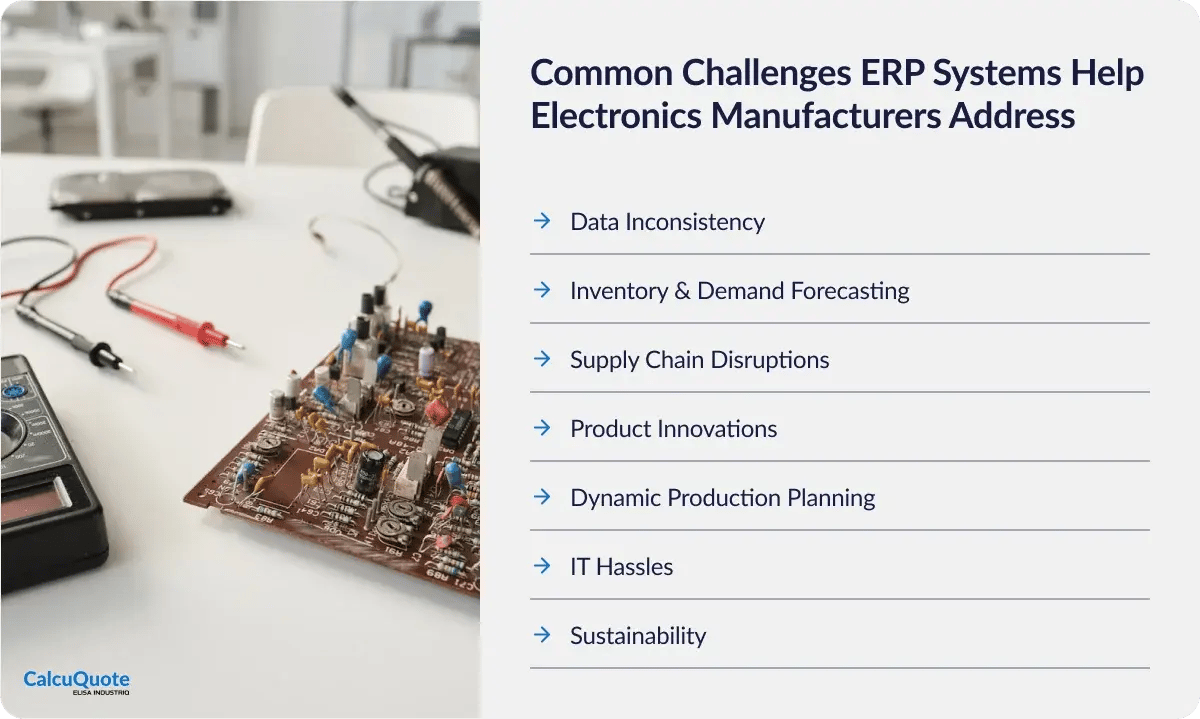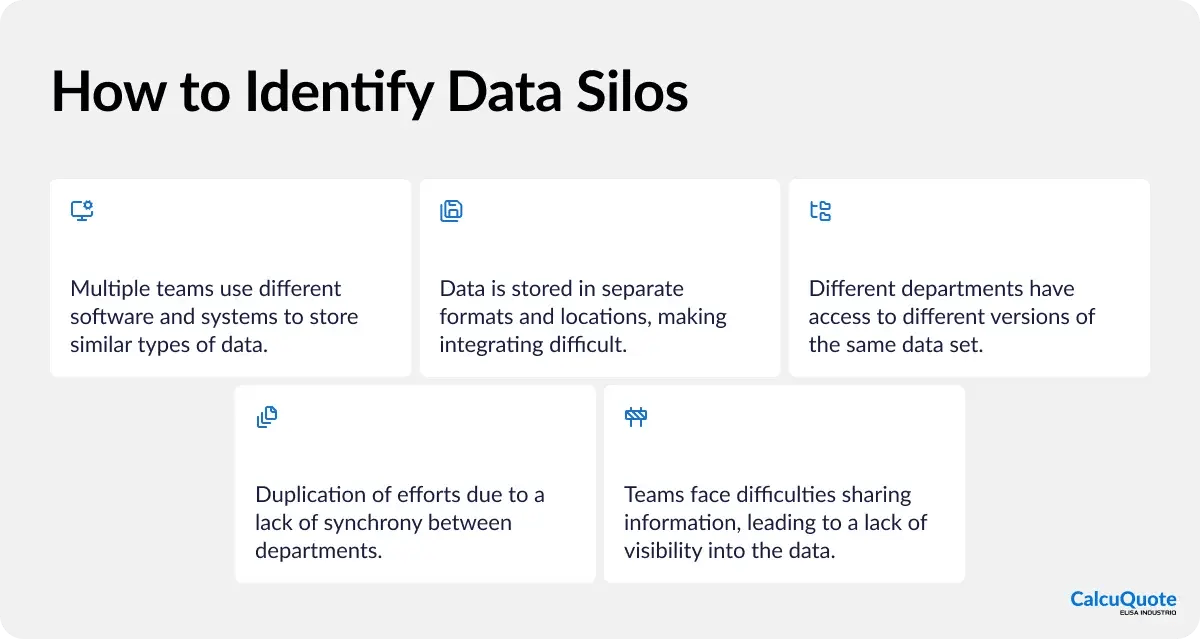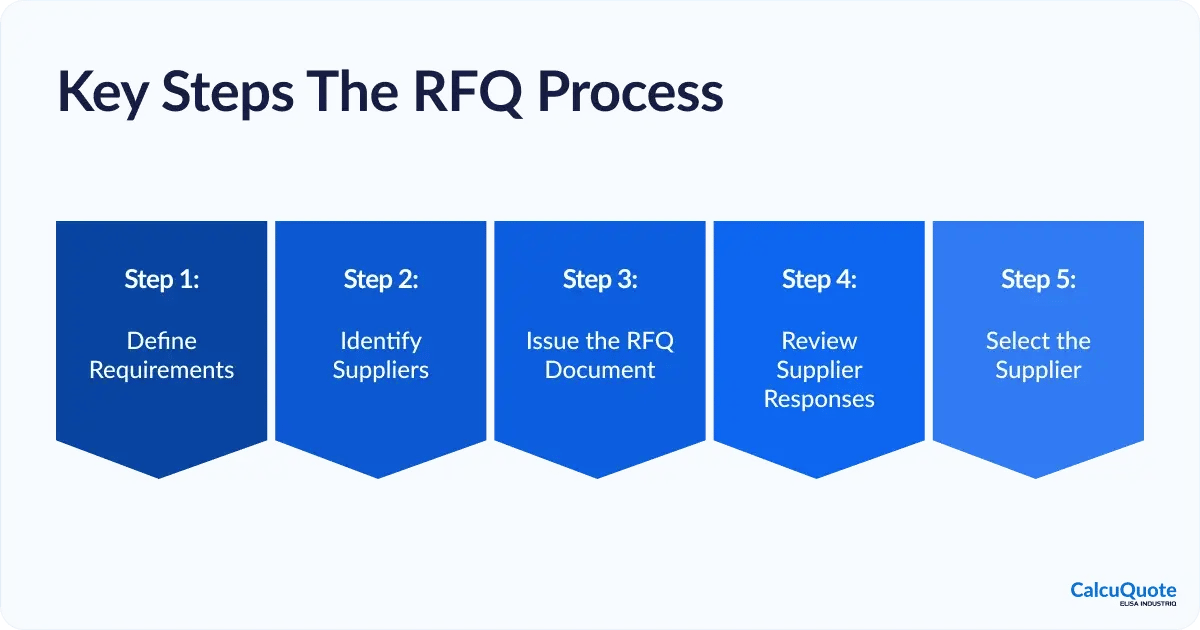Electronics manufacturing is becoming faster, smarter and more challenging. From unstable supply chains to mounting compliance demands, electronics manufacturing process challenges now threaten margins, timelines, and customer trust.
When we say manufacturing process, we mean more than just what happens on the factory floor. Today, quoting, sourcing, and compliance are just as critical to throughput as SMT machines and test benches. This guide looks at challenges across the entire product lifecycle.
This guide breaks down the electronics manufacturing process challenges including sourcing volatility, quoting inefficiencies, data silos, QA pressures, labor shortages, speed-to-market pressures, supply chain fragility, and sustainability compliance.
Understanding the Electronics Manufacturing Process Challenges
The electronics manufacturing process involves a series of tightly integrated stages – from initial design and prototyping to sourcing, assembly, testing, and distribution.
Each step requires exceptional coordination, precision, and timing. However, as product complexity and demand for customization grow, so do the challenges.

Design teams must navigate shorter product cycles while ensuring compliance with evolving global standards and regulations.
Sourcing introduces one of the most persistent challenges in electronics manufacturing: securing thousands of components from a fragmented and often unstable global supply chain. Delays, shortages, and shifting geopolitical risks add pressure at this critical stage.
Assembly and testing bring their hurdles, especially in high-mix, low-volume environments.
Ensuring consistency and quality at scale demands sophisticated automation and real-time quality control.
Finally, rising transportation costs and unpredictable delivery timelines increasingly disrupt the logistics phase.
Top 8 Crucial Electronics Manufacturing Process Challenges
Here are eight of the most critical process challenges today, each rooted in current industry trends and data:
Sourcing Volatility
Component lead times and prices swing unpredictably. Geopolitical instability, trade tariffs, and pandemic-related aftershocks have exposed vulnerabilities, leading to delays and cost increases.
Currency fluctuations and raw-material price hikes add to the discomfort. Electronics procurement teams must hedge against spiraling prices and partial shipments on every RFQ.
Quoting Inefficiencies
Many manufacturers still use manual RFQ processes (Excel, email) to bid on new orders.
This method leads to a dated approach, resulting in slow turnaround, errors, and missed opportunities.
Bland quoting means sales cycles stretch weeks, giving competitors an edge. Even small design changes force a new round of manual quoting.
In short, traditional quoting is too slow and prone to errors for today's fast-paced market.
Data Silos
Data silos disrupt the flow of critical information.

Design and BOM systems operate separately from purchasing databases, and spreadsheets don't sync with ERP platforms. Engineering teams rely on emails that often never reach production.
A majority of firms (approximately 90%) report that divergent IT and OT priorities create data silos, which hinder agility.
For example, without unified data, a supplier delay in one factory might never reach the quoting or procurement teams, resulting in unexpected disruptions later.
QA and Compliance Pressures
Quality and regulatory burdens have never been heavier.
Modern electronics products use more components (many from new vendors), increasing the risk of defects. At the same time, regulators and customers demand rigorous testing and traceability.
Recall rates are rising: a recent industry survey found that 73% of manufacturers experienced at least one product recall in the past five years, with U.S. recalls costing, on average, up to $100 million each (etq.com).
Labor Shortages and Skill Gaps
The EMS/PCB assembly industry struggles to find a sufficient number of skilled workers.
About 70% of companies report that workforce shortages currently impact their operations. Aging workforces and a lack of new entrants mean critical roles (like SMT technicians or procurement analysts) remain unfilled.
Even the design side feels this pinch: sophisticated new AI/EDA tools require expertise that is in short supply. The result? Core processes take longer, and human errors increase – for example, 88% of firms report that labor gaps have even affected product quality.
Speed-to-Market Pressures
Time is money in electronics. Market windows are short; for instance, consumer and telecom products typically have only a few months to generate a profit.
Long tooling cycles and slow supply chains eat up precious months. In surveys, 32% of companies cite delayed product introductions as an impact of recalls and supply issues.
Even if the factory works perfectly, a one-week quoting delay or extra procurement cycle can push a product launch behind schedule.
Supply Chain Fragility
The last few years have reminded everyone that supply chains are breakable.
A single factory fire or a typhoon can shut down a vendor overnight. In Resilinc's 2024 data, global supply-chain disruptions increased 38% year-over-year, with electronics among the hardest hit industries (up 42% disruptions in 2024).
Ongoing climate events, geopolitical tensions (including trade wars and sanctions), and logistics failures continue to keep the risk high.
Sustainability and Regulatory Compliance
Ultimately, electronics firms are facing an increasing number of environmental and social regulations.
This includes RoHS, WEEE, conflict minerals, the EU's new ecodesign mandates, right-to-repair laws, carbon reporting, and more. The regulatory landscape is expanding rapidly: one analysis reports 27,292 regulations on consumer electronics by 2024 – a 77% increase since 2017.
Companies must now track the origins of materials, hazardous substance limits, carbon footprints, and energy usage for entire product lines. Failing to adapt can result in fines or loss of market access.
8 Proven Solutions for Overcoming Electronics Manufacturing Process Challenges
These challenges can seem overwhelming, but each one presents an opportunity for improvement.
Here are effective ways to turn core challenges into strategic wins:
1. Stay Ahead of Part Shortages with Real-Time Sourcing
Supply disruptions and volatile lead times continue to be a significant obstacle. The key to overcoming this challenge is moving from reactive to predictive sourcing.
By leveraging live supplier data and establishing intelligent alerts, teams can respond promptly and prevent production delays.
Implementation tips:
- Consolidate supplier feeds into one centralized interface to avoid manual price checks.
- Automate purchasing through scheduled or conditional blanket orders to stabilize pricing and ensure consistency.
CalcuQuote solution:
Use CalcuQuote's supply chain platform to instantly access pricing and availability of millions of parts from over 40 global major suppliers.
2. Accelerate Quoting with End-to-End RFQ Automation
Lengthy, manual quoting processes limit responsiveness and slow down revenue generation. Automating RFQs from intake to bid analysis saves time and improves win rates.

How to get started:
- Upload your BOM into a centralized quoting engine that auto-collects real-time pricing and availability for ~90% of components and distributes RFQs for hard-to-find or negotiable parts.
- Collect and normalize supplier responses in one place - no more copy-paste errors.
- Enable in-platform collaboration with suppliers to negotiate terms in real time.
Case in point:
After adopting a single, automated quoting dashboard, Pride Industries cut its RFQ turnaround time by an impressive 40%, enabling its team to respond to new business opportunities faster and with greater accuracy.
3. Eliminate Information Bottlenecks with System Integration
When teams scatter data across ERPs, spreadsheets, emails, and CAD files, they slow down decision-making and increase the risk of errors.
The solution lies in system integration – connecting key tools across quoting, sourcing, and inventory to form a unified, real-time view of operations.
Action steps:
- Link ERP, PLM, and design tools with your quoting and procurement platform via API.
- Use centralized dashboards that update in real-time with cost roll-ups, inventory, and supplier performance.
- Standardize data access across departments to eliminate duplicate work and manual syncing.
Strategic recommendation:
With CalcuQuote's API integrations, connect to your ERP and PLM tools for seamless data flow. The Market Integration module pulls distributor feeds directly into BOMs, and Reporting Dashboards give instant visibility into costs, sourcing timelines, and supplier performance.
CalcuQuote’s intelligent supply solutions:
CalcuQuote’s purchasing solution streamlines supplier communication and PO creation, while ExcessMarket helps secure monetization of surplus stock. On top of that, the Material Supply Planner brings intelligence into the process by optimizing supply planning and inventory management across multiple suppliers..
A strong example of this in action is seen in S&Y Industries’ supply chain revamp. In this case study, CalcuQuote’s tools helped the EMS provider gain greater procurement visibility, eliminate inefficiencies, and unlock capital tied up in excess inventory. The result was a more agile and profitable supply chain - balancing availability with financial performance.
4. Build Compliance and Quality Into Every Workflow
Manual inspections aren't enough.
Embed compliance checks, traceability, and risk flags directly into quoting and production workflows to reduce rework and recalls.
Key actions:
- Run automated compliance checks (e.g., RoHS, REACH) during the quoting stage to secure compliance.
Tip: Use a centralized quoting engine with BOM Health to get real-time pricing, run RoHS/REACH compliance checks, flag supply risks, and send RFQs only for tricky parts.
- Link digital work instructions to specific part IDs for traceable assembly workflows.
- Monitor supplier risk and track quality incidents across all projects to ensure optimal project outcomes.
5. Multiply Team Output with Less Labor
With labor shortages ongoing, the path forward is automation. Cloud-based tools and AI-powered workflows enable lean teams to manage more work, more efficiently.
How to scale with lean teams:
- Automate routine tasks like part matching, price research, and PO creation.
- Provide customers with self-service quote portals to reduce sales workload and increase efficiency.
- Utilize AI to suggest alternatives and predict pricing trends.
CalcuQuote solution:
CalcuQuote's cloud platform eliminates friction from the quoting and procurement process. Customers can generate quotes 24/7 using the RFQ Online Portal, while AI-driven matching and price prediction reduce the need for manual input. Companies report handling more business without growing the team.
The S&Y Industries case study shows how CalcuQuote helped the EMS provider scale operations without adding headcount, boosting throughput and responsiveness through automation and RFQ Online.
6. Launch Products Faster by Connecting Quote to Production
Reducing time-to-market requires tight coordination between quoting, purchasing, and planning. Automating those transitions eliminates delays and bottlenecks.
Recommended steps:
- Automatically generate POs as soon as a quote is approved.
- Sync inventory levels and lead times with production planning tools to optimize efficiency and streamline operations.
- Enable just-in-time part delivery and reduce the risk of inventory bloat or delays.
Proven outcome:
East/West Manufacturing Enterprises integrated CalcuQuote's quoting and purchasing workflows, doubling its quote volume without adding headcount. Real-time visibility into lead times and part availability enabled planners to schedule builds more accurately.
7. Strengthen Supply Chain Resilience with Risk Monitoring
Reacting to disruptions is too late. Proactively monitor supplier health, price fluctuations, and sourcing risks to stay ahead of potential supply chain disruptions.
Action Steps:
- Set up automated alerts for price and inventory shifts.
- Score suppliers based on financial health, region, and reliability.
- Enable dynamic order-splitting to avoid dependence on a single vendor.
8. Automate Sustainability and Regulatory Compliance
As regulations become increasingly complex, compliance can no longer be a manual afterthought.
Automating ESG and regulatory checks keeps your supply chain ready, and your business audit-proof.
Ways to Streamline ESG Reporting:
- Run a carbon footprint analysis at the BOM level.
- Automatically flag restricted or hazardous components before sourcing.
- Stay informed about regulatory changes with the help of compliance monitoring tools.
Pro Tip:
Companies that build sustainability into their product lifecycle can not only avoid fines but also use their environmental performance as a brand differentiator. Use CalcuQuote's Carbon Footprint Measurement to calculate CO₂ output for every BOM.
Why EMS/OEM Teams Choose CalcuQuote to Solve Process Challenge
When it comes to solving electronics manufacturing process challenges, CalcuQuote gives manufacturers the tools to act faster, collaborate smarter, and operate more efficiently.
With deep industry insight and integrated tools, CalcuQuote empowers manufacturers to transform complex processes into competitive advantages.
Here are the core features that make it a powerful solution for EMS providers, OEMs, and contract manufacturers:
- Accelerated Quoting & BOM Intelligence: Tools like QuoteCQ automate RFQs and validate BOMs in real time, helping teams quote faster, reduce errors, and respond to customer demands with confidence.
- Integrated Global Sourcing: Access live pricing and availability from over 40 trusted distributors. Features like WatchCQ provide dynamic alerts, smart purchasing, and multi-source flexibility to stay ahead of sourcing disruptions.
- End-to-End Process Automation: From quote approval to PO creation, CalcuQuote connects the entire sourcing and production lifecycle. Real-time integrations eliminate manual steps, enabling faster procurement and improved delivery performance.
- Built-in Compliance and ESG Tracking: Tools like Carbon Footprint Measurement and BOM-level compliance checks (RoHS, REACH, Pb-free) make it easier to meet growing regulatory and sustainability requirements, without slowing down production.
- User-Centric, Scalable Design: Whether you're a small EMS or a large-scale manufacturer, CalcuQuote's modular platform adapts to your workflows.
Ready to solve your most critical electronics manufacturing process challenges?
Schedule a personalized demo with CalcuQuote and streamline quoting, sourcing, and compliance.
![8 Electronics Manufacturing Process Challenges [+Solutions]](https://www.calcuquote.com/hs-fs/hubfs/Electronics%20Manufacturing%20Process%20Challenges%20and%20Solutions%20%5BDefinitive%20Guide%5D.webp?width=950&name=Electronics%20Manufacturing%20Process%20Challenges%20and%20Solutions%20%5BDefinitive%20Guide%5D.webp)

![Supply Chain Management in the Electronics Industry [Guide]](https://www.calcuquote.com/hs-fs/hubfs/Supply%20Chain%20Management%20in%20the%20Electronics%20Industry_%20Everything%20You%20Need%20to%20Know.webp?height=500&name=Supply%20Chain%20Management%20in%20the%20Electronics%20Industry_%20Everything%20You%20Need%20to%20Know.webp)
/How%20M.E.A.Tec%20Inc.%20Wins%20with%20Customer-First%20Services%20and%20Fast%20Quoting%20blog%20post.png?height=500&name=How%20M.E.A.Tec%20Inc.%20Wins%20with%20Customer-First%20Services%20and%20Fast%20Quoting%20blog%20post.png)
